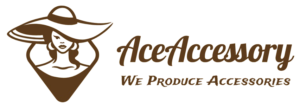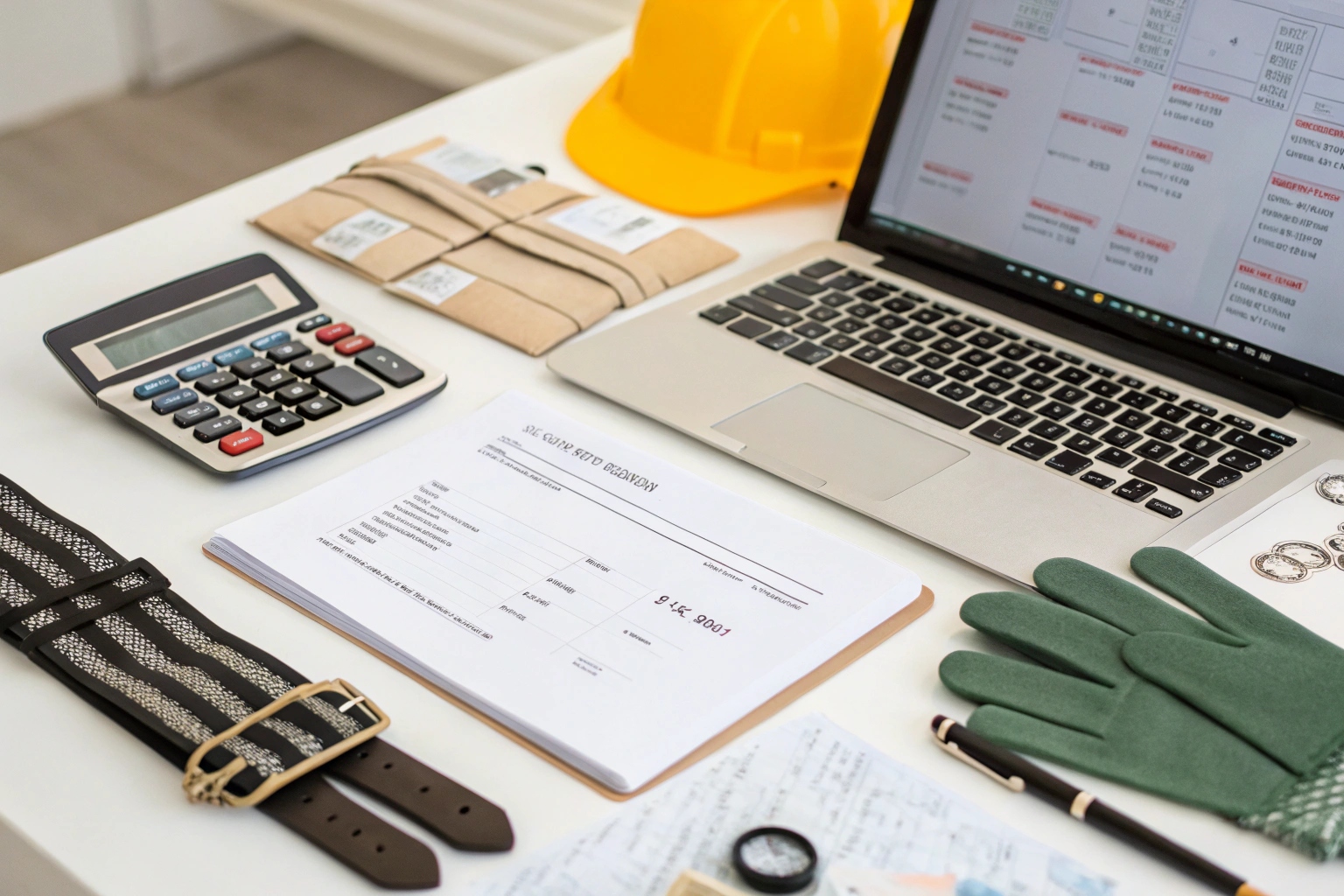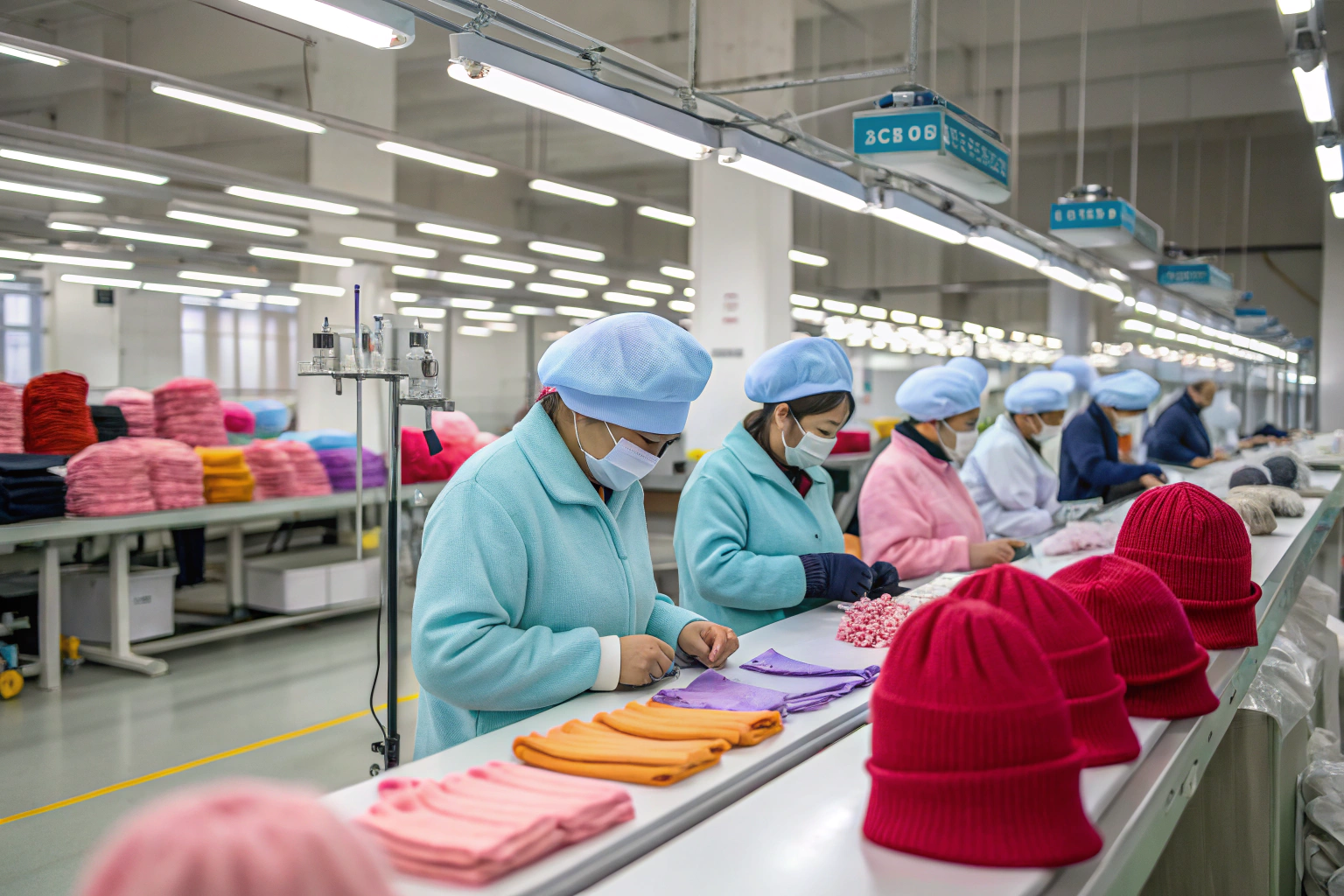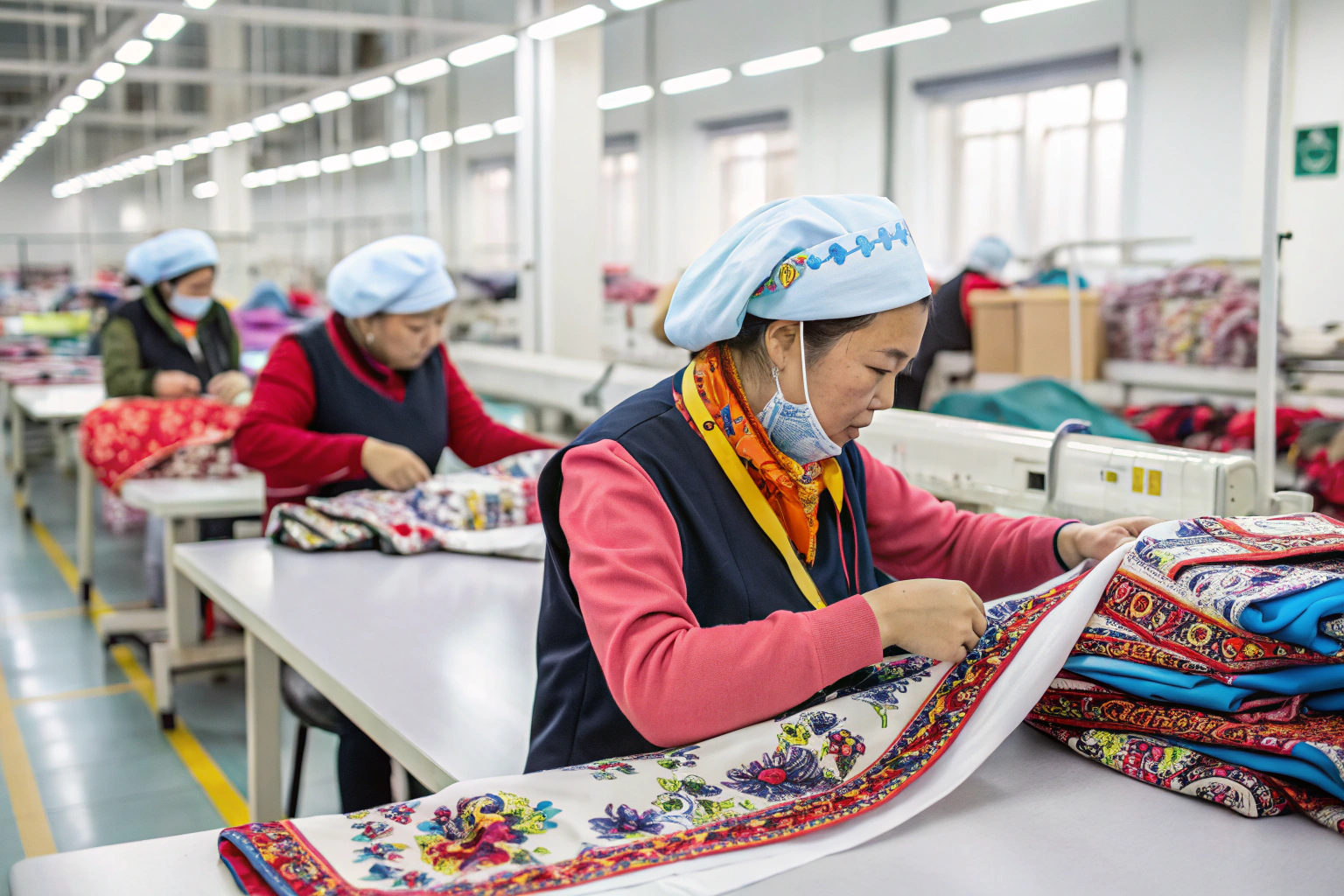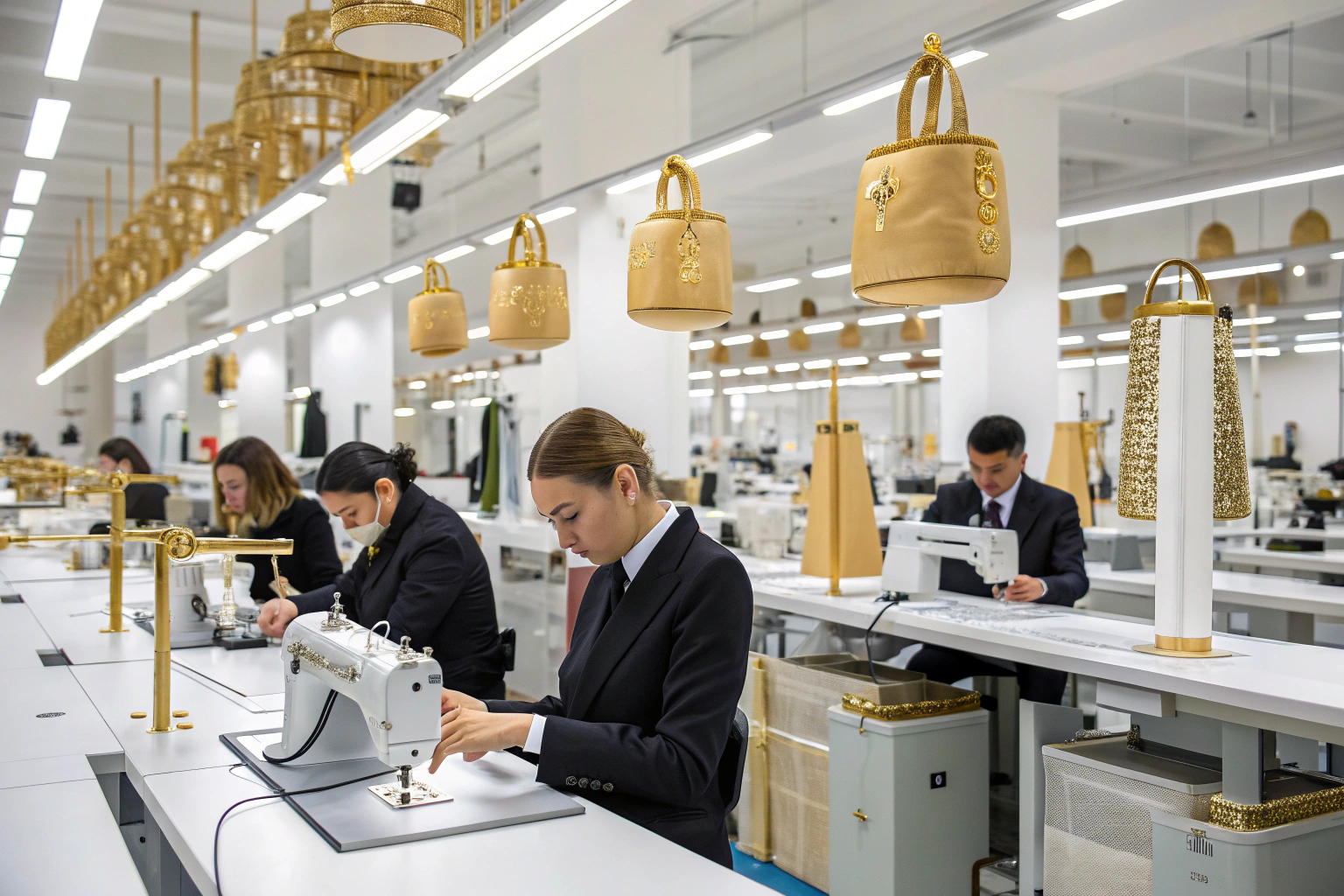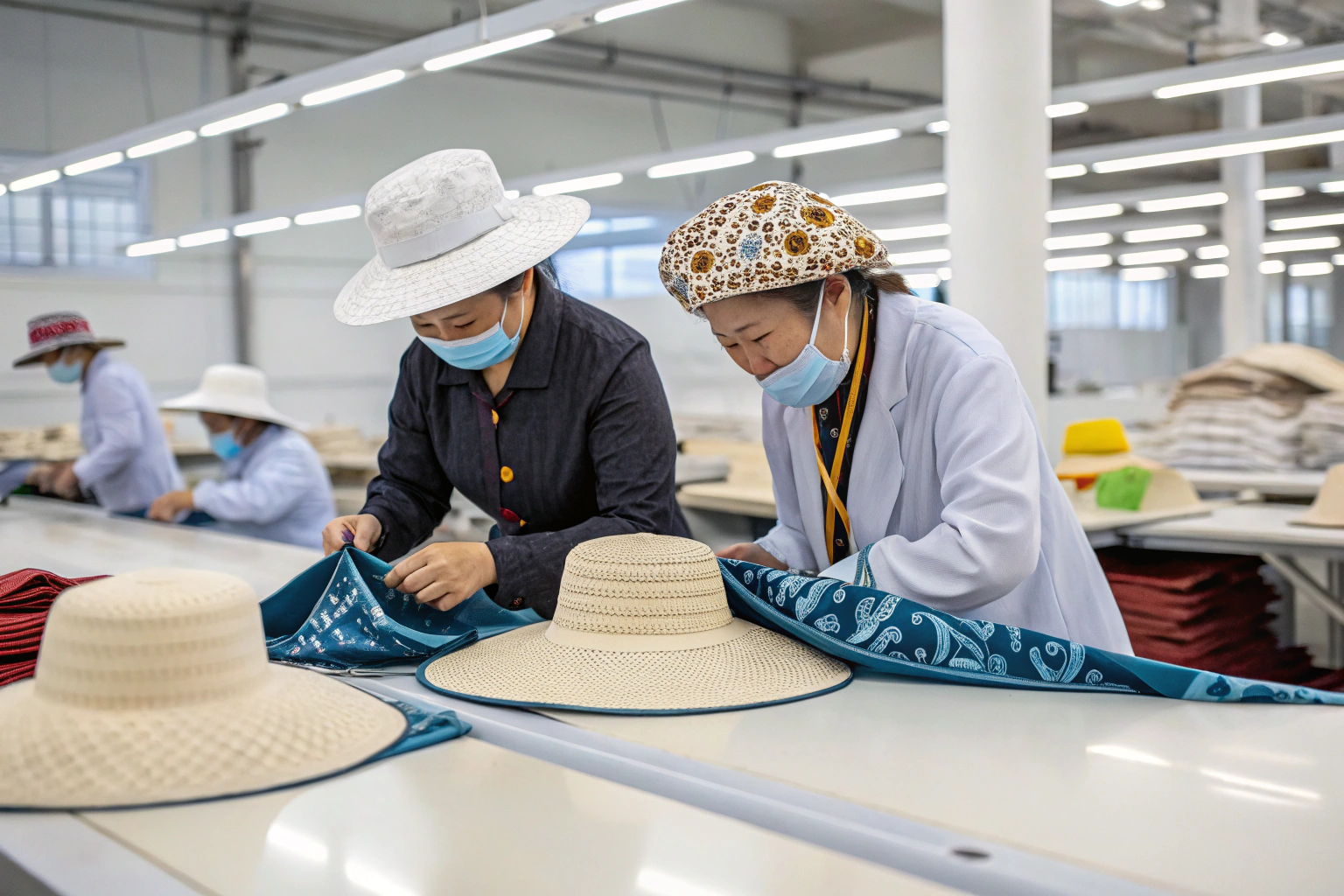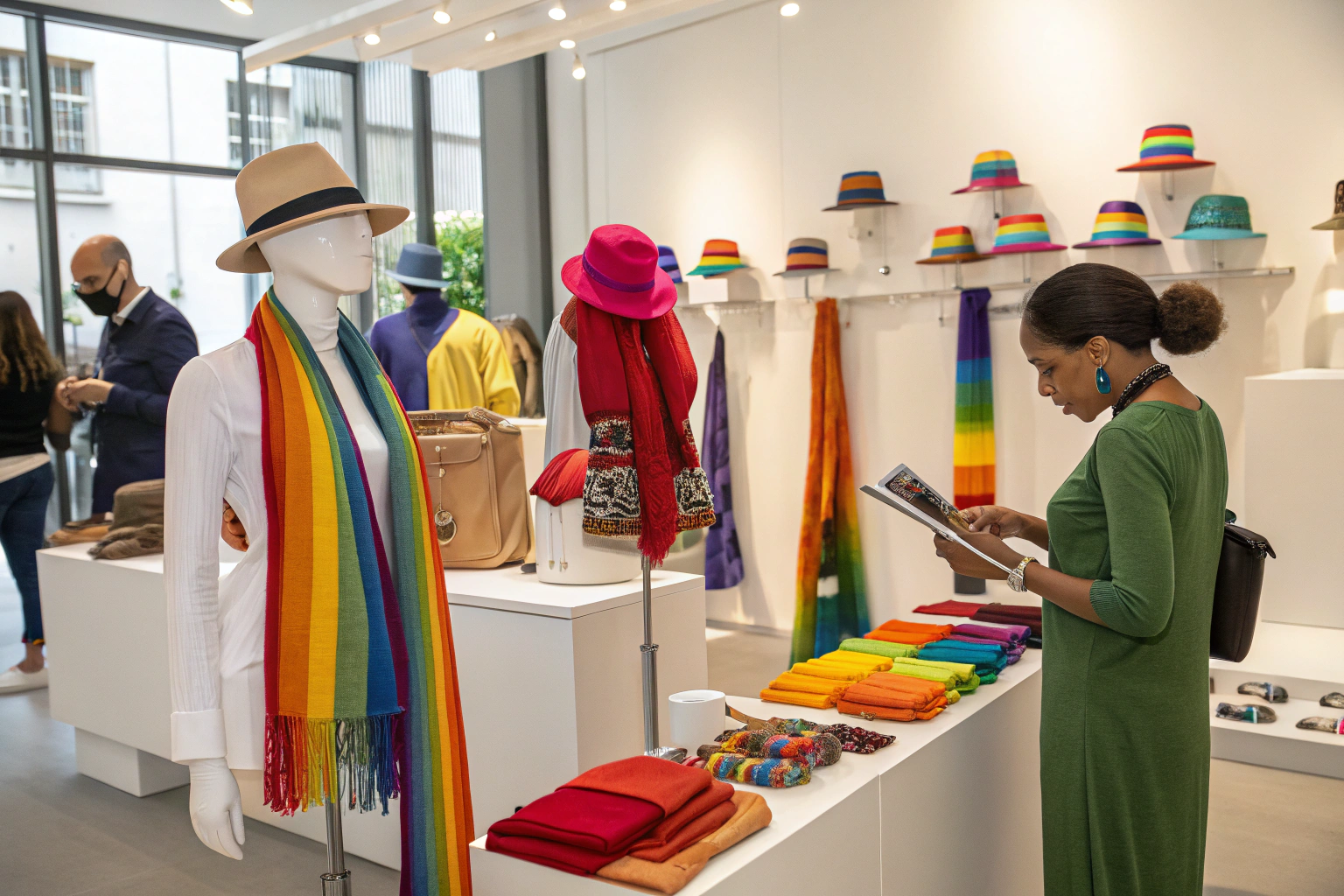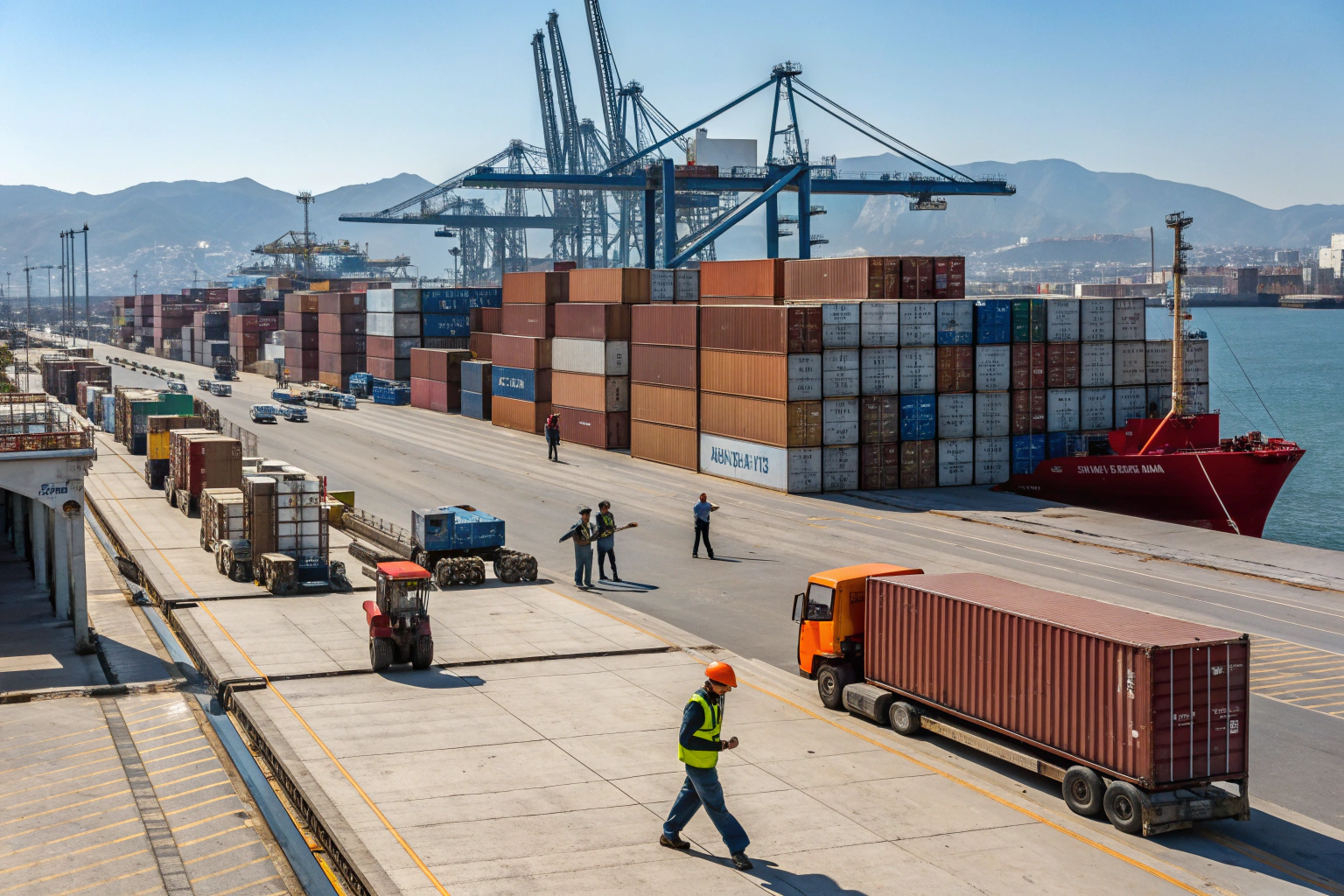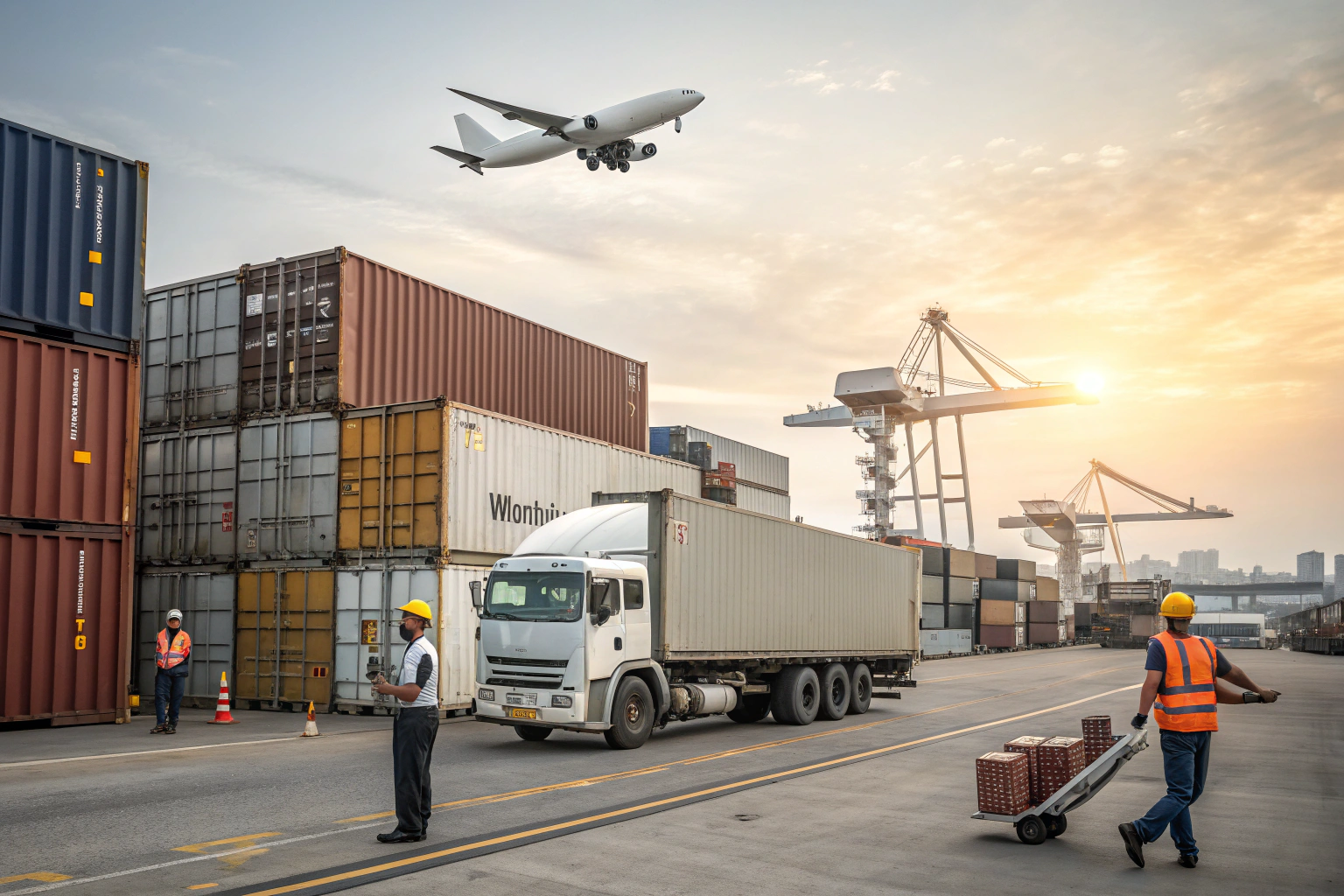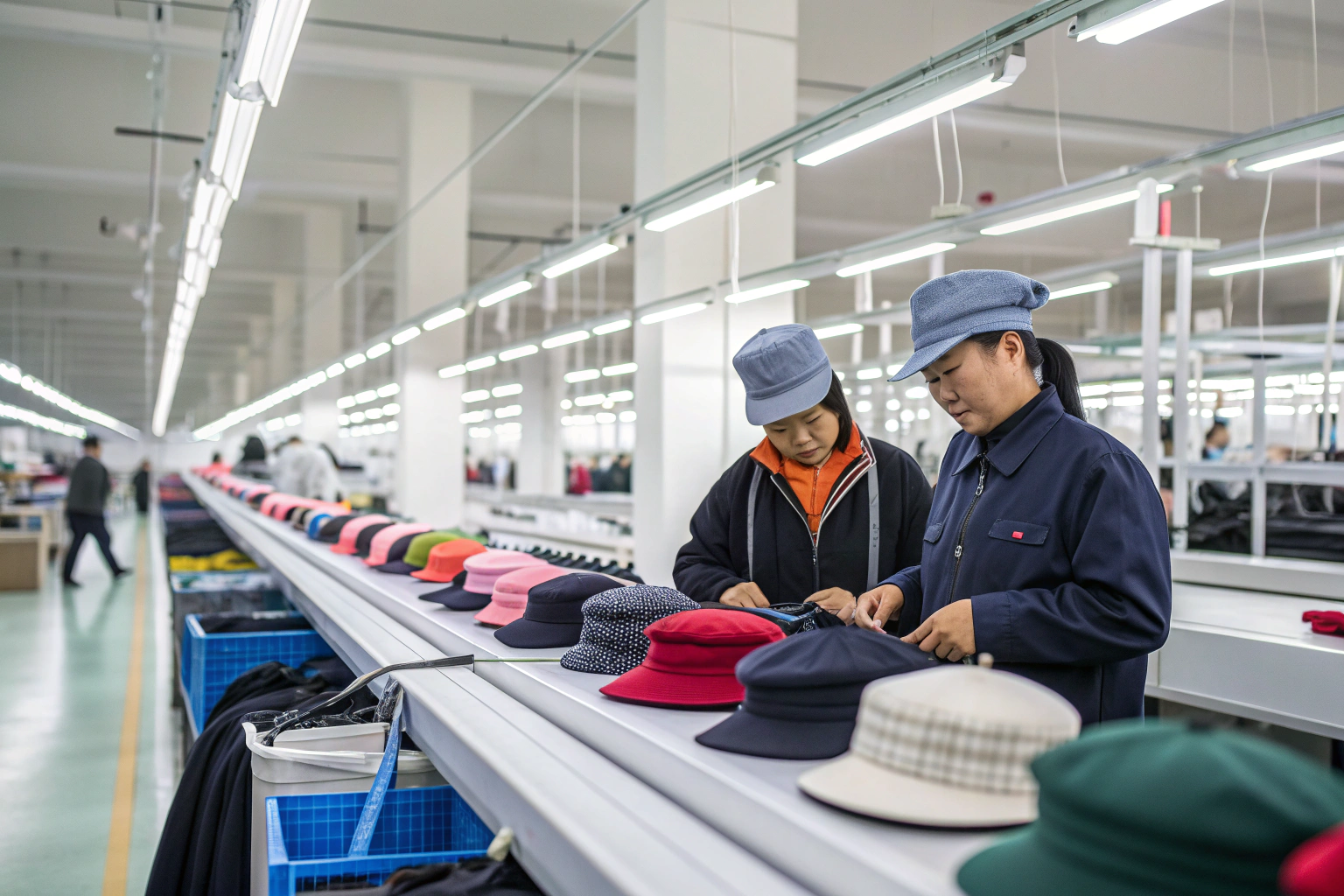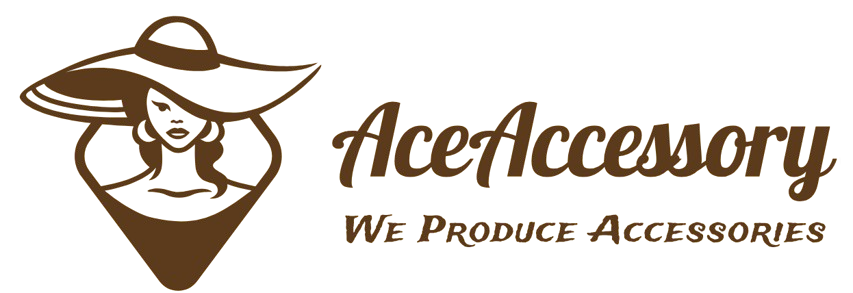Sourcing accessories from China may look cheap at first glance—but the final cost involves much more than just the factory price. Freight, tariffs, packaging, sampling, and hidden fees all play a role in determining your true landed cost.
Calculating the full cost of sourcing accessories from China requires a detailed understanding of unit price, shipping charges, import taxes, inspection costs, and compliance expenses.
At AceAccessory, we work closely with clients to help them forecast and optimize their accessory procurement budgets. Here's how to uncover the full picture.
What Makes Up the Total Landed Cost of Imported Accessories?
The factory quote is just the beginning of your cost equation.
The landed cost includes production, shipping, customs duties, documentation, bank fees, packaging, inspection, and possible rework.
![]()
What Is the Basic Landed Cost Formula?
Use this calculation:
Landed Cost = EXW/FOB Price + Shipping Cost + Import Duty + Port Fees + Local Delivery + Other Costs (inspection, bank, certification)
For example, sourcing 10,000 knit gloves at $0.85 EXW might end up at $1.25+ per unit after duties and handling.
We provide clients with editable cost templates similar to IncoDocs Cost Calculator so they can forecast with accuracy.
Which Hidden Costs Do Buyers Often Miss?
- Bank remittance fees (USD 20–60 per transfer)
- Certificate of origin charges (if not included)
- QC inspection fees ($150–300 per batch)
- Sample shipping and mold cost amortization
- Peak season surcharges from couriers or forwarders
We help clients identify all such costs before PO confirmation so there are no surprises.
How Do Incoterms Affect Your Overall Sourcing Cost?
Your choice of Incoterm changes your responsibility and cost exposure.
EXW, FOB, and DDP represent very different cost structures. The farther down the logistics chain your supplier delivers, the higher the base price—but lower your workload.
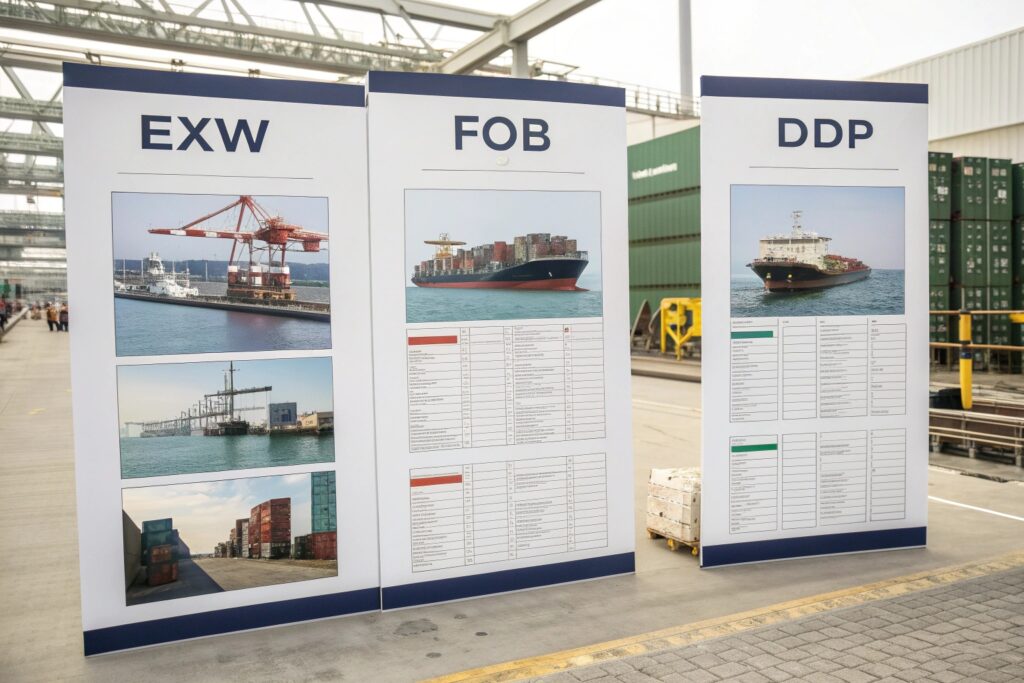
When Should You Choose EXW?
EXW means the supplier just makes the goods available at their factory. You pay for all logistics from there. Choose this if:
- You have a preferred freight forwarder
- You're combining orders from multiple factories
- You want total control over pickup and paperwork
We often use EXW when working with clients who use platforms like Freightos to quote and book shipping directly.
What Are the Benefits of DDP for Small Buyers?
DDP (Delivered Duty Paid) includes shipping, customs, and duties in one all-inclusive rate. For smaller buyers or startups, DDP simplifies everything—even delivery to Amazon warehouses or Shopify fulfillment centers.
We work with CFC (China Freight) and local customs brokers to provide transparent DDP rates per unit, avoiding surprise customs bills at destination.
How Can You Estimate Import Duties for Accessories?
Import taxes can turn a “cheap” order into an overpriced mistake.
Each accessory type has its own HS code and corresponding tariff rate depending on the destination country.
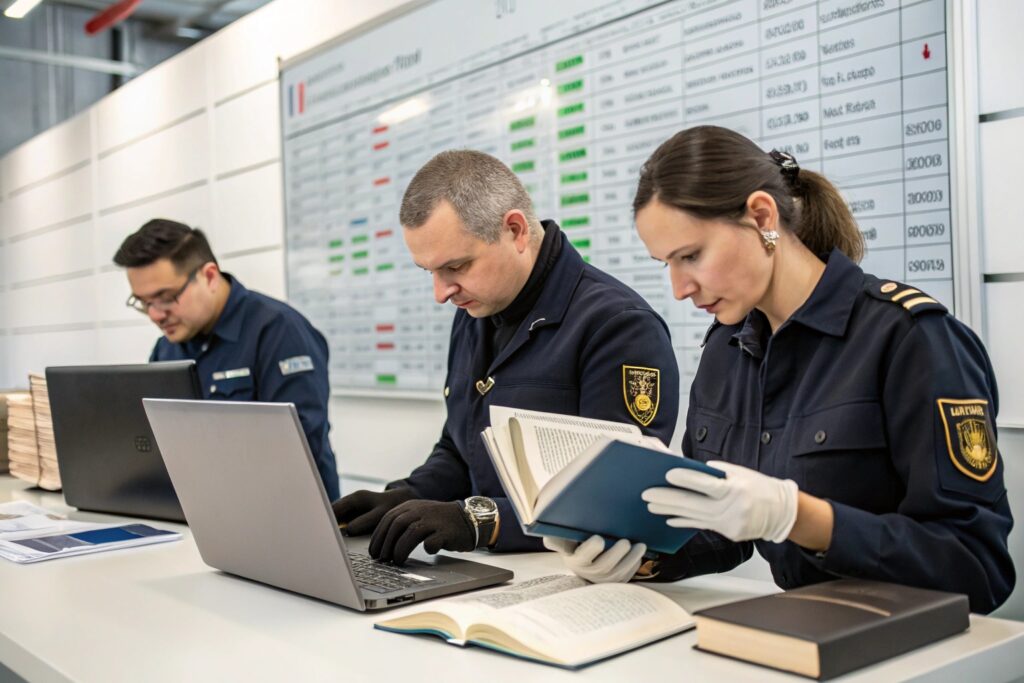
How Do You Find the Right HS Code?
We use:
- 6505.00 – Knitted hats
- 6116.93 – Acrylic gloves
- 6217.10 – Hair accessories
- 4203.30 – Belts of leather
To find exact rates, we consult:
- HTSUS (U.S.)
- TARIC (EU)
- SimplyDuty for quick online estimates
What Is the Typical Tariff Range for Accessories?
- 5–18% for most accessories (U.S. and EU)
- Higher if items include leather or synthetic coating
- Some anti-dumping tariffs apply to niche goods (e.g. belts with certain fasteners)
We help clients optimize classification and ensure proper documentation to avoid penalties.
What Role Does Quality Control Play in Cost Accuracy?
Bad quality = costly delays, returns, and rework.
QC costs money—but skipping it can cost you much more in rejected goods, chargebacks, and customer complaints.
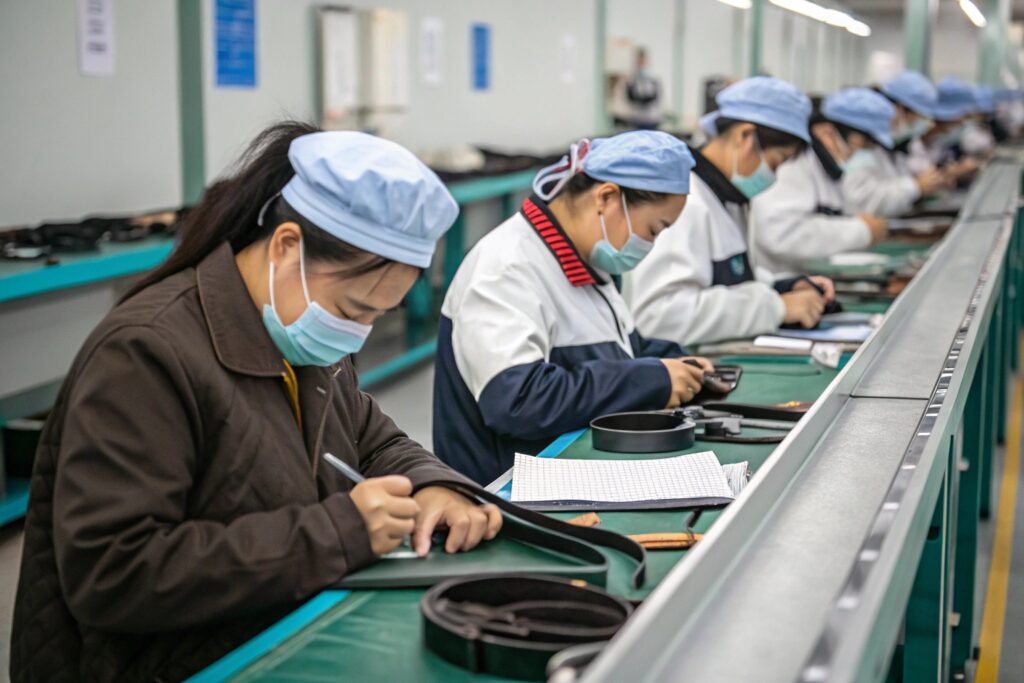
What Is the Typical Cost for Third-Party QC?
Rates vary, but typical charges are:
- $150–250 per man-day for on-site inspection
- $80–120 per lab test for colorfastness, flammability, etc.
We use providers like QIMA and Pro QC when third-party reports are needed. We also offer in-house QC with no added fee for repeat clients.
How Does QC Prevent Cost Overruns?
Spotting issues early helps:
- Avoid express rework or reshipment
- Prevent duty losses from misdeclared packaging
- Save on air freight for replacements
We provide photo + defect ratio reports within 24 hours post-inspection so clients can decide before goods leave our warehouse.
Conclusion
True sourcing cost is about more than unit price. It’s a mix of production, compliance, logistics, and quality—each one influencing your final margin. Ignoring any part of this equation is a shortcut to hidden losses.
At AceAccessory, we help clients decode every cost layer before they commit. From FOB to DDP, QC to duty prediction, we believe in transparent, predictable, and profitable accessory sourcing—no fine print, no surprises.
